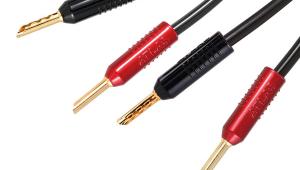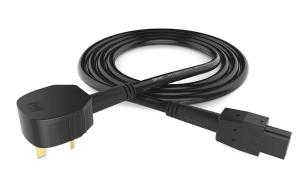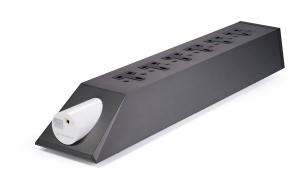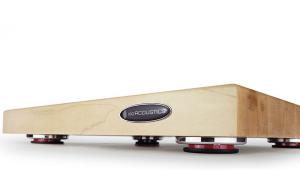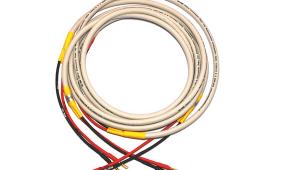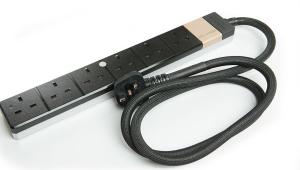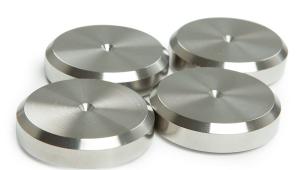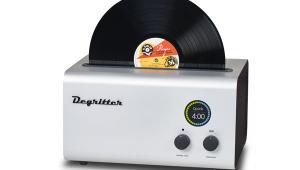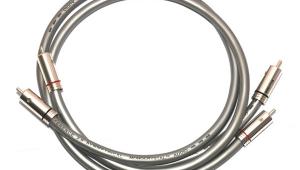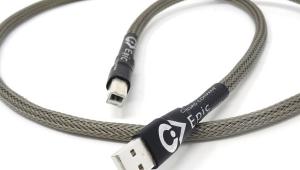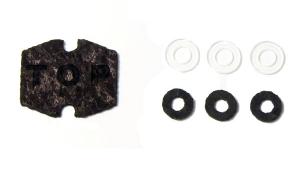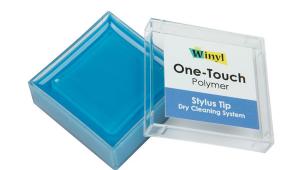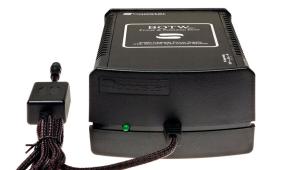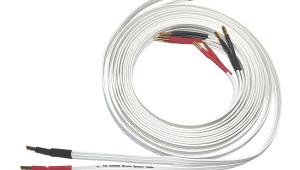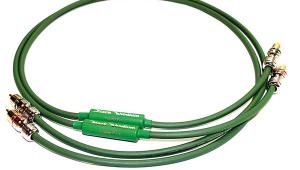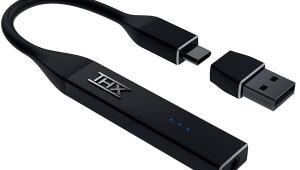Missing Link Silver Surfer
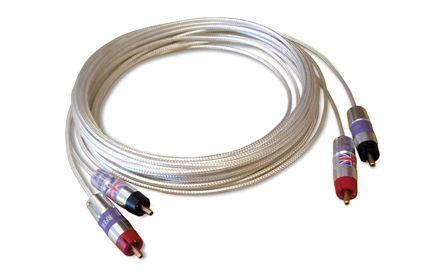
 As we all know, looks aren’t everything, and it’s fair to say that some hi-fi brands don’t tend to agonise over the way their output is presented quite as much as others. Despite this, products that don’t stand out for their good looks can very often sound quite special and I would certainly put this Missing Link cable into this category. Designer Mark Sears is a straight-shooting sort of chap with an insatiable interest in engineering and materials science and a stickler for detail. His company’s entry-level interconnect is called Silver Surfer, which isn’t the most inspiring name but shows that money hasn’t been wasted on fancy branding. The same could be said of the packaging, as it comes in a clear poly bag. Neither is the cable itself some exotic shade with extra luminosity added, so it doesn’t scream “look at me” when it’s connected between components on the hi-fi rack. All of this is an unalloyed good thing as far as I’m concerned.
As we all know, looks aren’t everything, and it’s fair to say that some hi-fi brands don’t tend to agonise over the way their output is presented quite as much as others. Despite this, products that don’t stand out for their good looks can very often sound quite special and I would certainly put this Missing Link cable into this category. Designer Mark Sears is a straight-shooting sort of chap with an insatiable interest in engineering and materials science and a stickler for detail. His company’s entry-level interconnect is called Silver Surfer, which isn’t the most inspiring name but shows that money hasn’t been wasted on fancy branding. The same could be said of the packaging, as it comes in a clear poly bag. Neither is the cable itself some exotic shade with extra luminosity added, so it doesn’t scream “look at me” when it’s connected between components on the hi-fi rack. All of this is an unalloyed good thing as far as I’m concerned.
The cable costs £72 per half metre stereo pair terminated with TPFE insulated Reference RCA connectors, and there’s the option of longer lengths at an additional £30 per half metre. You can also specify Eichmann Bullet RCA phono plugs for an additional £50, taking it to around £150 for a typical sample. In my experience, Bullets do actually sound better, although I have found them to be a little fiddly, and occasionally they don’t work with some phono sockets – so it’s your call. Missing Link also offers a tonearm cable version for SME arms, plus 3.5mm termination and pro-audio leads for guitars, etc.
The cable itself uses Missing Link’s trademarked Ultrapure silver-plated pure copper conductors. Cable fans will know that for many people, silver-plated copper is the best balance. Copper itself can sound a little mushy and vague, whereas pure silver can be too bright and tinselly. Many of the best cables I have heard combine both. PTFE insulation is used, a popular choice that is flexible and isn’t microphonic – in other words it doesn’t transmit noise down the body of the cable itself.
Sound quality
This price point is what most are willing to spend on their first serious interconnect, without straying into the province of silly money. Buyers expect to hear a real improvement over the sort of low-cost interconnects bundled with budget streamers, CD players and so on. With the Silver Surfer, you won’t be disappointed. I have auditioned countless different cables over the years and on listening alone I would have guessed that it cost twice the price, or thereabouts. It’s so much better than just an upgrade cable, as it actually gets deep into the music, letting it breathe and sparkle out at you.
Feed it a classic seventies rock tune like Supertramp’s Oh Darling, and I can’t help but be surprised by the level of resolution – there’s great timbre to vocals and a really immersive soundstage that sucks me right in. Rhythmically, the cable is snappy, letting me focus on how incredibly tight the band performs – who said hippies were too laid back? Dynamically, it’s able to communicate all the nuances, showing the accenting that breathes life into the music.
Conclusion
Tonally Silver Surfer is smoother than I expect – but certainly not dull. This is quite a bright recording mixed for US FM radio of the time, and can jump right out at you. Yet this cable never gets harsh or searing, as can happen with some more costly pure silver rivals feeding my reference system. Overall, across a wide range of recordings, I find this to be a subtle, couth and highly polished interconnect, that displays just the right amount of vim and pep to really bring the music alive. Don’t be fooled by the low price and understated looks, this interconnect is a great mid-market offering, capable of improving many different types of music system. DP
DETAILS
Product: Missing Link Silver Surfer
Price: £102 for 1m cable
Type: Interconnect cable
Telephone: 01623 844478
Website: missinglinkcables.co.uk
Read the full review in October issue 441
 |
Inside this month's issue:
Elipson Planet L Gold Edition standpoint speaker, T+A R 2500 R all-in-one, NuPrime Audio DAC-9X headphone amp/DAC, Loewe We. HEAR pro Bluetooth speaker, Violectric PPA V790 MM/MC phono stage, standmount loudspeaker Group Test and much, much more...
|

